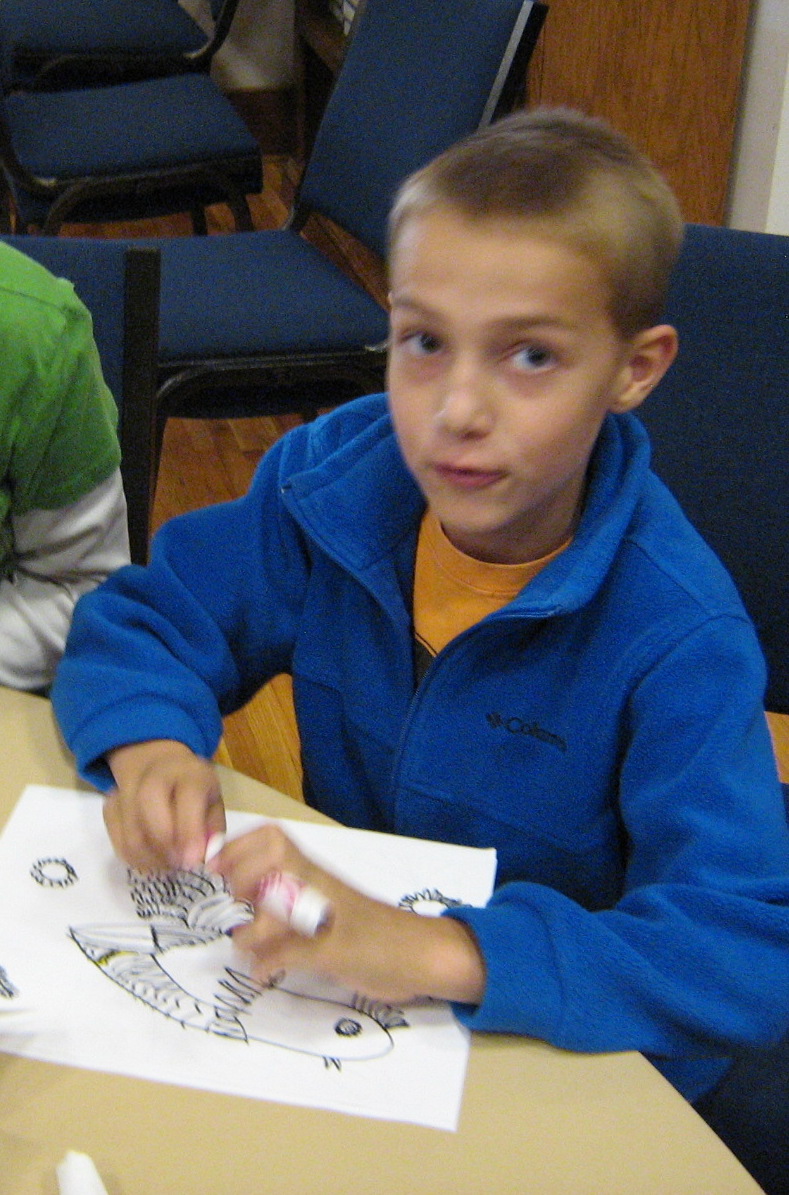Doodling: Learning Distraction or Learning Tool?
When I was a student, I doodled. Cartoon faces, birds with crests or all sorts, fancy butterflies, leaf shapes: these were the images that filled the margins of my notebooks and made long lectures somehow more interesting.
When I was teaching, however, I found that students who doodled made me uncomfortable. If they were doodling, it must be because I was boring them. Their doodles were, to me, a sign that I had better improve my teaching.
It turns out that both as a student and as a teacher, I failed to understand the educational advantages that doodling can offer. It needn’t be a distraction from learning.
Doodling CAN help us learn!

First of all, the simple act of doodling can keep the brain active when there is insufficient input to keep it interested. Think of doodling as filling the gaps in stimulation. Yes, it may be a student’s way of dealing with less-than-interesting subject matter, but it does not mean the student is tuning out. In fact, studies show that doodlers recall material they have been taught better than non-doodlers!
But there is another way of using doodling that makes students even more active learners.
We know that the ore senses are involved in learning, the more we learn. If students are studying photosynthesis, for example, they might take notes, keeping the information verbal. But they could also draw pictures of the process. Doing so would help them to learn the information verbally—by listening to what the teacher is saying, and visually—by drawing pictures of the process. The drawing process would also help them to assimilate the information, and doing so makes for sound learning.
Obviously, we can use drawing as a learning tool. Doodle while you learn. Doodle what you learn.
Take a free drawing lesson and learn to make careful observations. It all fits together.
You can learn more about the benefits of doodling here.

When I was a student, I doodled. Cartoon faces, birds with crests or all sorts, fancy butterflies, leaf shapes: these were the images that filled the margins of my notebooks and made long lectures somehow more interesting.
When I was teaching, however, I found that students who doodled made me uncomfortable. If they were doodling, it must be because I was boring them. Their doodles were, to me, a sign that I had better improve my teaching.
It turns out that both as a student and as a teacher, I failed to understand the educational advantages that doodling can offer. It needn’t be a distraction from learning.
Doodling CAN help us learn!

First of all, the simple act of doodling can keep the brain active when there is insufficient input to keep it interested. Think of doodling as filling the gaps in stimulation. Yes, it may be a student’s way of dealing with less-than-interesting subject matter, but it does not mean the student is tuning out. In fact, studies show that doodlers recall material they have been taught better than non-doodlers!
But there is another way of using doodling that makes students even more active learners.
We know that the ore senses are involved in learning, the more we learn. If students are studying photosynthesis, for example, they might take notes, keeping the information verbal. But they could also draw pictures of the process. Doing so would help them to learn the information verbally—by listening to what the teacher is saying, and visually—by drawing pictures of the process. The drawing process would also help them to assimilate the information, and doing so makes for sound learning.
Obviously, we can use drawing as a learning tool. Doodle while you learn. Doodle what you learn.
Take a free drawing lesson and learn to make careful observations. It all fits together.
You can learn more about the benefits of doodling here.

When I was a student, I doodled. Cartoon faces, birds with crests or all sorts, fancy butterflies, leaf shapes: these were the images that filled the margins of my notebooks and made long lectures somehow more interesting.
When I was teaching, however, I found that students who doodled made me uncomfortable. If they were doodling, it must be because I was boring them. Their doodles were, to me, a sign that I had better improve my teaching.
It turns out that both as a student and as a teacher, I failed to understand the educational advantages that doodling can offer. It needn’t be a distraction from learning.
Doodling CAN help us learn!

First of all, the simple act of doodling can keep the brain active when there is insufficient input to keep it interested. Think of doodling as filling the gaps in stimulation. Yes, it may be a student’s way of dealing with less-than-interesting subject matter, but it does not mean the student is tuning out. In fact, studies show that doodlers recall material they have been taught better than non-doodlers!
But there is another way of using doodling that makes students even more active learners.
We know that the ore senses are involved in learning, the more we learn. If students are studying photosynthesis, for example, they might take notes, keeping the information verbal. But they could also draw pictures of the process. Doing so would help them to learn the information verbally—by listening to what the teacher is saying, and visually—by drawing pictures of the process. The drawing process would also help them to assimilate the information, and doing so makes for sound learning.
Obviously, we can use drawing as a learning tool. Doodle while you learn. Doodle what you learn.
Take a free drawing lesson and learn to make careful observations. It all fits together.
You can learn more about the benefits of doodling here.



